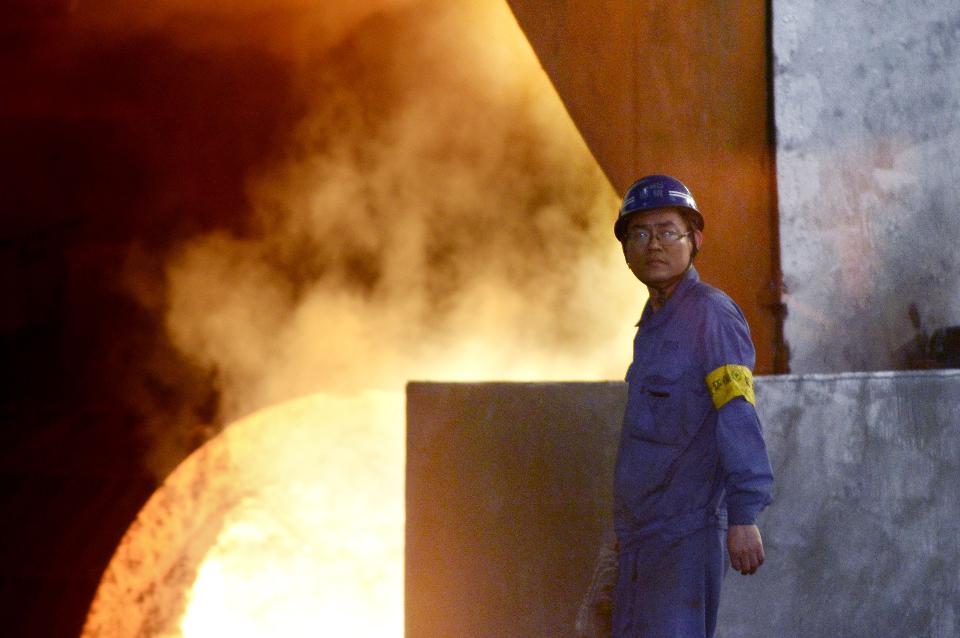China Steel Industry's Punching Power 'Close To Peaking'

China steel is hated around the world for its low cost, over supply, price cutting impact on its competition. U.S. Steel is lobbying congress to make recent import duties of over 233% stick this summer. Meanwhile, China’s steel production is declining. It’s going to decline even more. And as far as global shipments are concerned, China steel’s punching power is close to peaking, according to Clarksons.
In 2015, ocean shipments of steel accounted for nearly a fifth of global bulk trade, up 6% per year since 2010. Most of that growth was thank to Chinese exports not imports. China’s combined steel exports were a record-breaking 113 million tons in 2015, accounting for 28% of global steel exports. Growing pressures in China and tariff pressures abroad have Chinese steel against the ropes.
“Chinese steel products seem unlikely to record continued firm expansion, with current projections indicating limited growth,” Clarksons researchers wrote in a report dated April 29. “China appears to be following in the footsteps of a former steel heavyweight, Japan, whose steel products exports eventually waned over a number of years in the mid-1980s. While the Chinese steel industry is of course a different beast altogether, its punching power may now be close to peaking.”
If that is the case, China will likely challenge the U.S. tariffs against its cold-rolled steel in the World Trade Organization, providing evidence that it is not dumping steel into world markets at prices below what it sells for locally. Washington has since moved beyond its dumping allegation is now investigating subsidies to steel producers. A trade fight is likely to lead to an arbitration panel in the WTO unless the two sides can work out their differences sooner. Further evidence of declining steel exports and production in China is one way this fight could fizzle.
Chinese crude steel output fell 7% in January-February 2016 compared to the same period a year ago. Industry reports indicate an uptick in production occurred in March and April, but in the medium term the Chinese government insists on cutting the country’s steel output by 200 million tons in the next five years. The gradual reduction of the country’s steel surplus is expected to reduce the need for Chinese mills to turn to exports.
The U.S. would like to see Chinese mills simmer down sooner.
The majority of Chinese steel exports go to other Asian countries, not the U.S. Growing steel demand in developing Asian markets saw shipments rise 31% last year to 64 million tons.
Chinese steel exports to Europe rose 47%, while shipments to other countries grew by an average 9%, led by demand in the Middle East.
Despite such a broad range of destinations for Chinese steel products, tariffs are expected to undermine growth in 2016, according to Clarksons view of the seabound steel shipping market.
Chinese steel exports to India fell 57% year-over-year in February 2016 due to stricter import rules and duties. Beijing has also imposed a series of its own duties on imports of selected steel products, so there is an ongoing build-up of global trade restrictions and bad blood that could easily undermine Chinese steel exports in the near future.
The flood of cheaper Chinese steel disrupted markets for many producers, including the U.S. which saw an 18% drop in steel shipments last year due in part to competition from China, Clarksons says.